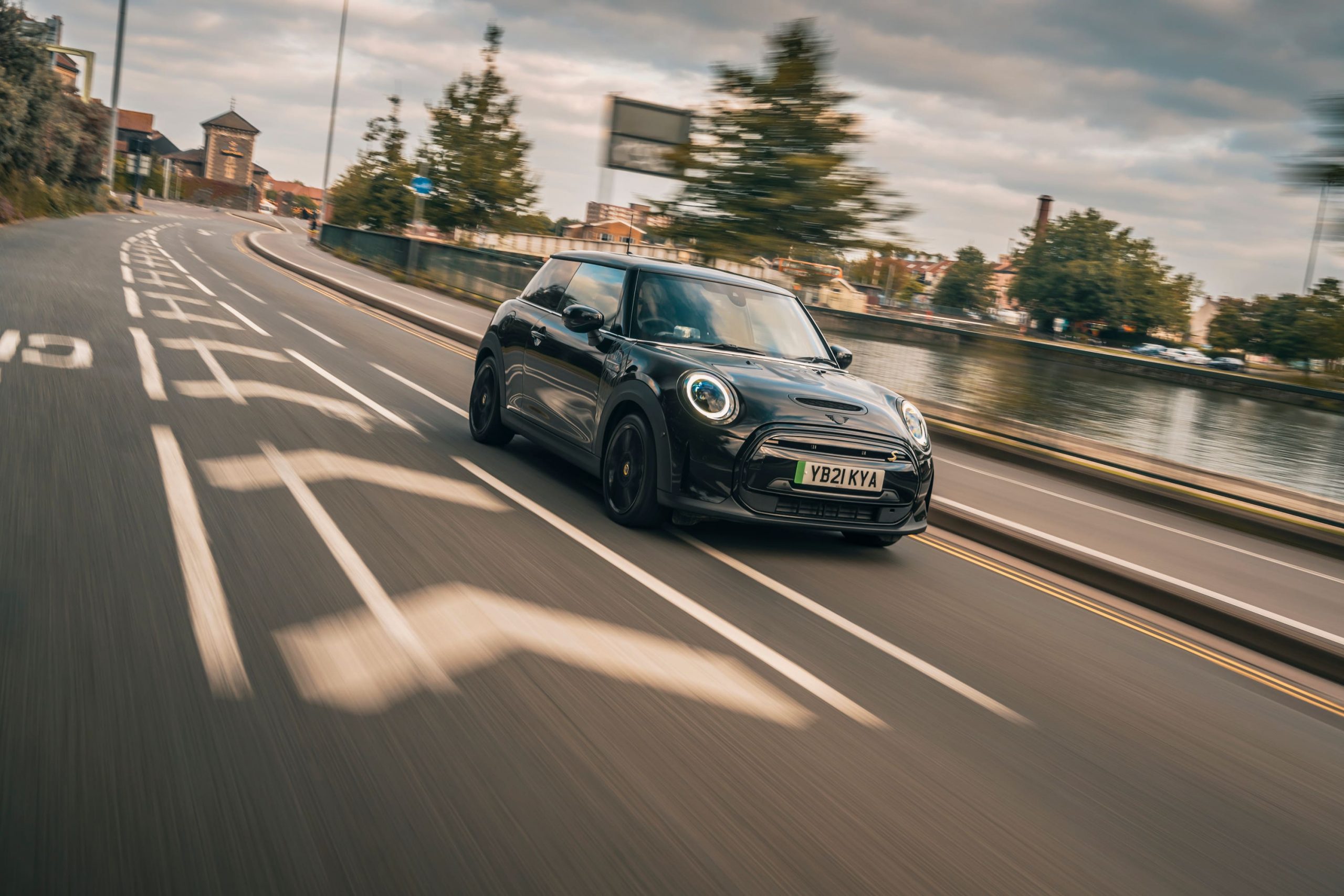Peugeot has introduced a new company car-friendly PHEV option to its 508, but is it worth choosing? TED WELFORD gets behind the wheel.
While looks are always subjective, we reckon the 508 is one of the most stylish cars you can buy today, and it has certainly helped this French brand to move steadily upmarket.
Going head-to-head with the likes of the Volkswagen Passat and Vauxhall Insignia, this sleekly-styled fastback has certainly impressed since it arrived in 2018, though has never proven hugely popular. Is that set to change with the introduction of a new company car-friendly plug-in hybrid, though? We’ve been behind the wheel to find out.
The 508 has been in its current form for nearly three years, but its looks haven’t aged a day. So actually all that’s new here is the powertrain itself, and it’s part of Peugeot’s plan to offer all of its cars with either a hybrid or EV derivative.
A plug-in hybrid is particularly important in the 508’s class, though, as it’s one that is often popular with company car drivers, which electrified choices appeal to because of their low tax. And this 508 Hybrid looks set to be a hit too – having a benefit-in-kind of 10 per cent thanks to its low CO2 emissions.

While this PHEV powertrain might be new for the 508, it’s one that’s used widely across Peugeot itself, as well as sister brands Vauxhall and Citroen. Combining a turbocharged petrol engine with an electric motor, it produces 222bhp in all. That allows for a 0-60mph time of 8.1 seconds and a top speed of 155mph, though while it’s never lacking in pace, it’s not a car that wows you when you put your foot down.
It also uses an 11.8kWh battery, which, when charged, allows for a claimed electric range of between 33 and 39 miles. During our winter test run, though, this figure was more like 25 miles. Charge the battery regularly (it takes less than two hours with a 7kW charger), and there’s scope for some very low running costs – Peugeot claims around 200mpg, along with CO2 emissions of 33g/km.
Despite the 508’s sporty looks, this is a model that really favours comfort and refinement first. Even with our test car’s large 19-inch alloy wheels, it remained very comfortable, while it’s a superb cruiser that feels refined and supple even at higher speeds.
Even in the ‘Sport’ driving mode, though, it never feels especially engaging, while there’s a certain amount of hesitancy to the eight-speed automatic gearbox when you’re trying to press on.
The switch between electric and petrol power is largely seamless, though we found our test car had a tendency to favour petrol power in the ‘hybrid’ mode, and in all our mixed test run resulted in a fuel economy figure of 48mpg – roughly what you’d get from a diesel in similar settings, and some way off the claimed figures.
Peugeot now has one of the best-looking ranges of any manufacturer, including everything from its superminis to its MPVs.
The 508 has helped to pave the way in particular though, with its cool frameless grille, fancy ‘claw’ LED headlights that droop from the main headlight, and cool 3D-effect rear LED lights. Both also display a fancy pattern when locked and unlocked – an upmarket knock on the door of Audis, which is renowned for this. The sleek fastback shape also looks superb, especially on our ‘GT’ test car that gets sportier touches and larger alloy wheels.

The upmarket look doesn’t end at the outside, though, as step inside and it’s a very premium affair. There’s a configurable set of digital dials up ahead, along with a main 10-inch touchscreen that can also be controlled with aircraft-like toggle switches – the latter can prove a bit hesitant, though.
But it’s very cool and futuristic, that’s for sure, and the quality is excellent throughout. It’s also got Peugeot’s now-infamous small steering wheel, which feels more like that out of a go-kart than it does a car like this. Some drivers report it blocks the main dials, so you might have to adjust the steering wheel position to avoid this.
Impressively, there’s no compromise when it comes to boot space, either, and it’s largely roomy throughout, though the sunroof on our test car did put a chunky dent into the rear headroom.
The Hybrid skips the entry-level Active model and goes straight into the Allure grade, which features no shortage of kit – including blind-spot monitoring, a reversing camera and keyless entry.

The sportier-looking GT LIne brings full LED headlights, along with wireless smartphone charging, sportier styling and 18-inch alloy wheels. Meanwhile, the range-topping GT gets all the bells and whistles, such as electric massaging front seats, leather upholstery and a premium Focal sound system.
Offering a plug-in hybrid to the 508 is certainly a welcome move – introducing it to buyers that might have never considered this sleek Peugeot executive model before. Those currently driving Audi, BMW and Mercedes models are likely to continue turning their noses up at the notion of driving something French, but by doing so they’ll be missing out.
While the driving experience can’t match the sleek sporty profile on the outside, the interior feels genuinely special and overall it’s a swift, comfortable and efficient way to travel that makes the 508 Hybrid easy to recommend in this increasingly crowded market.











